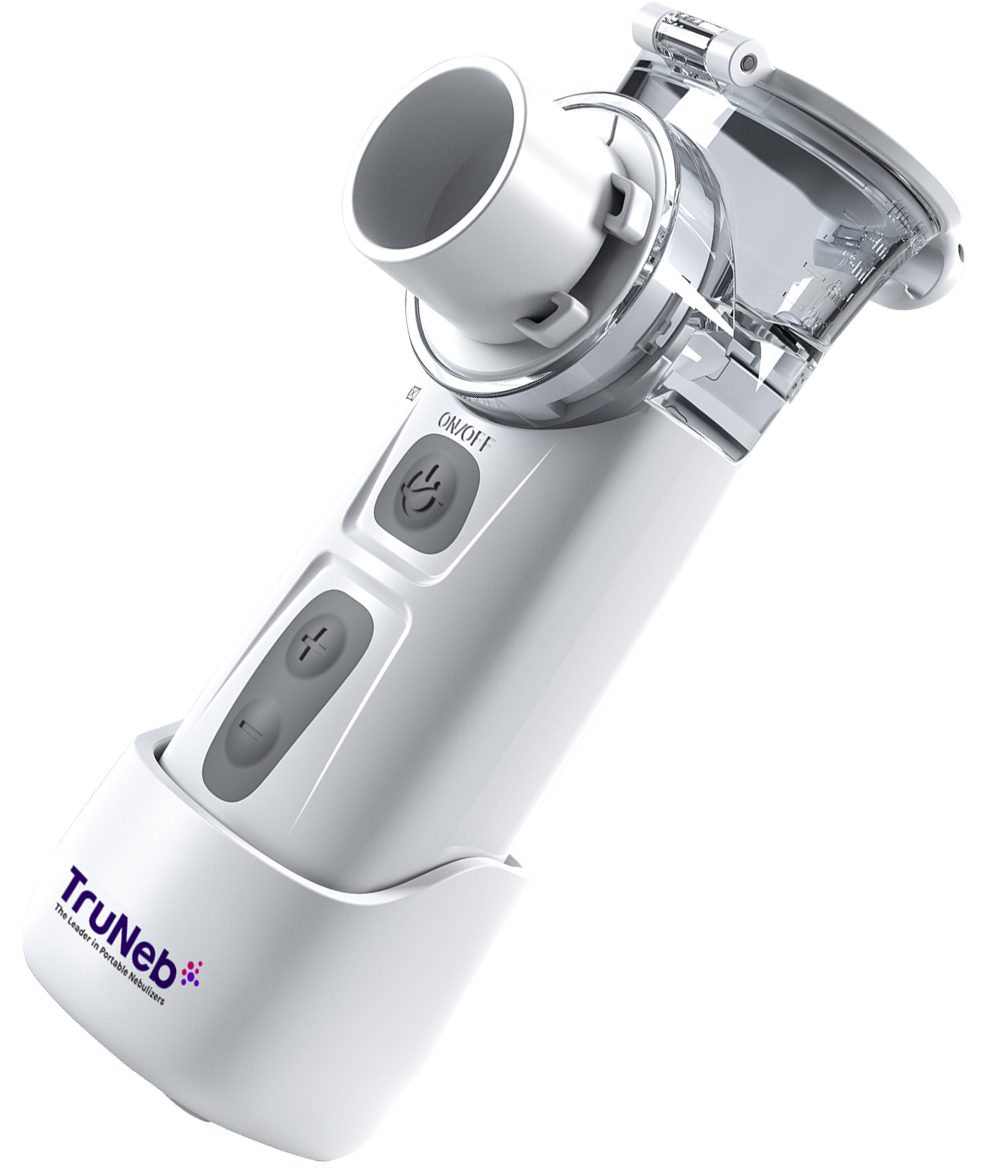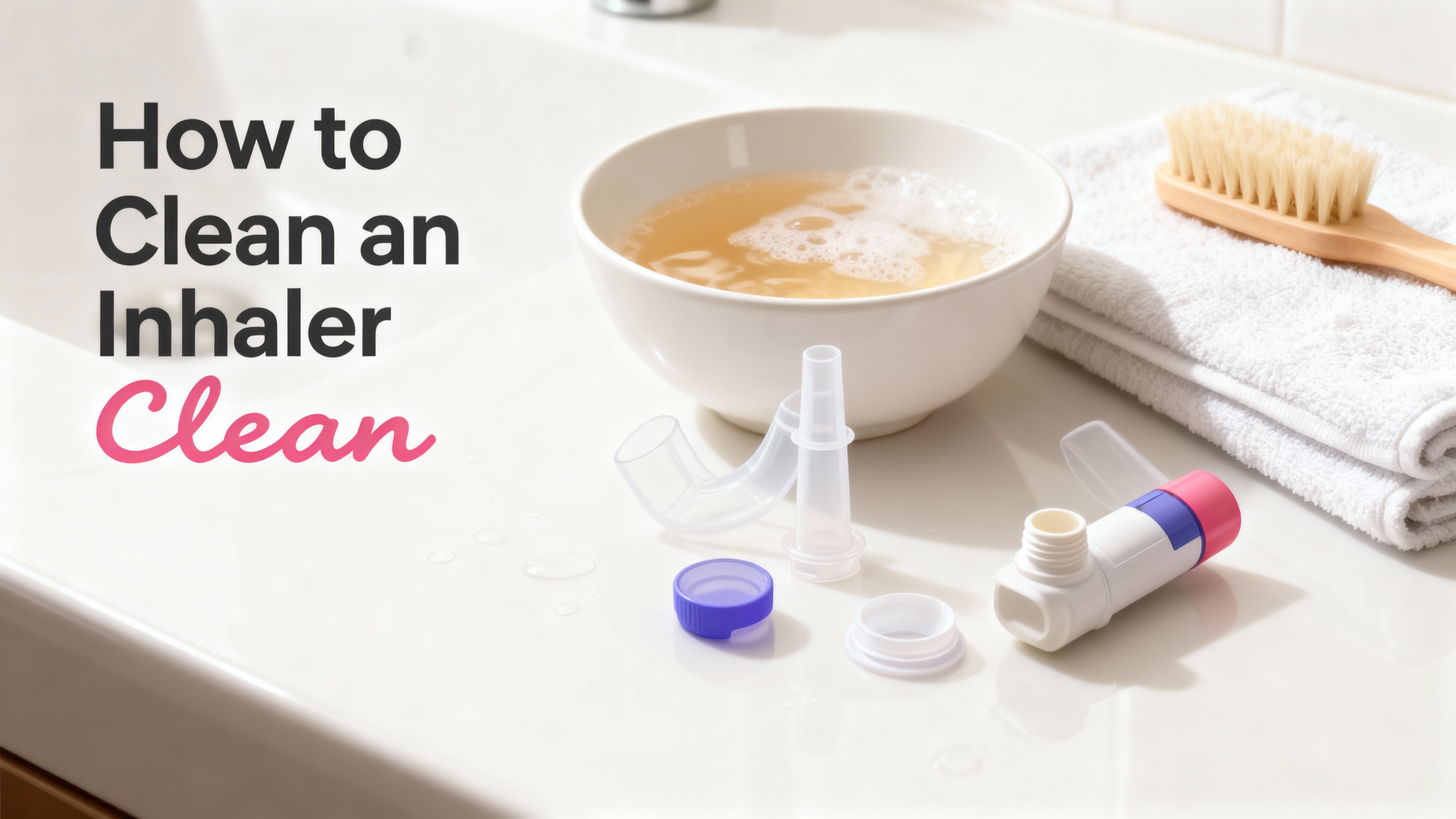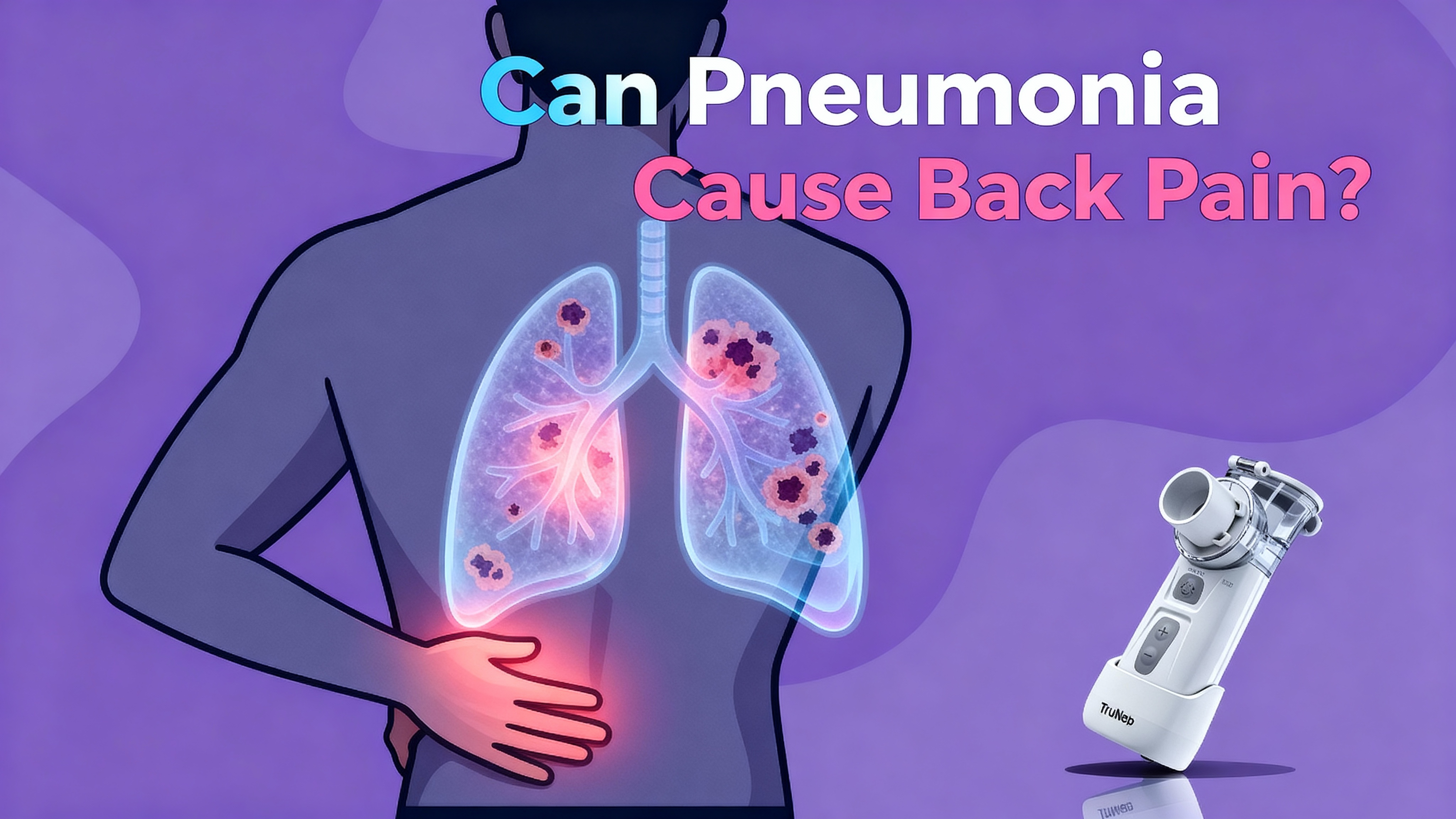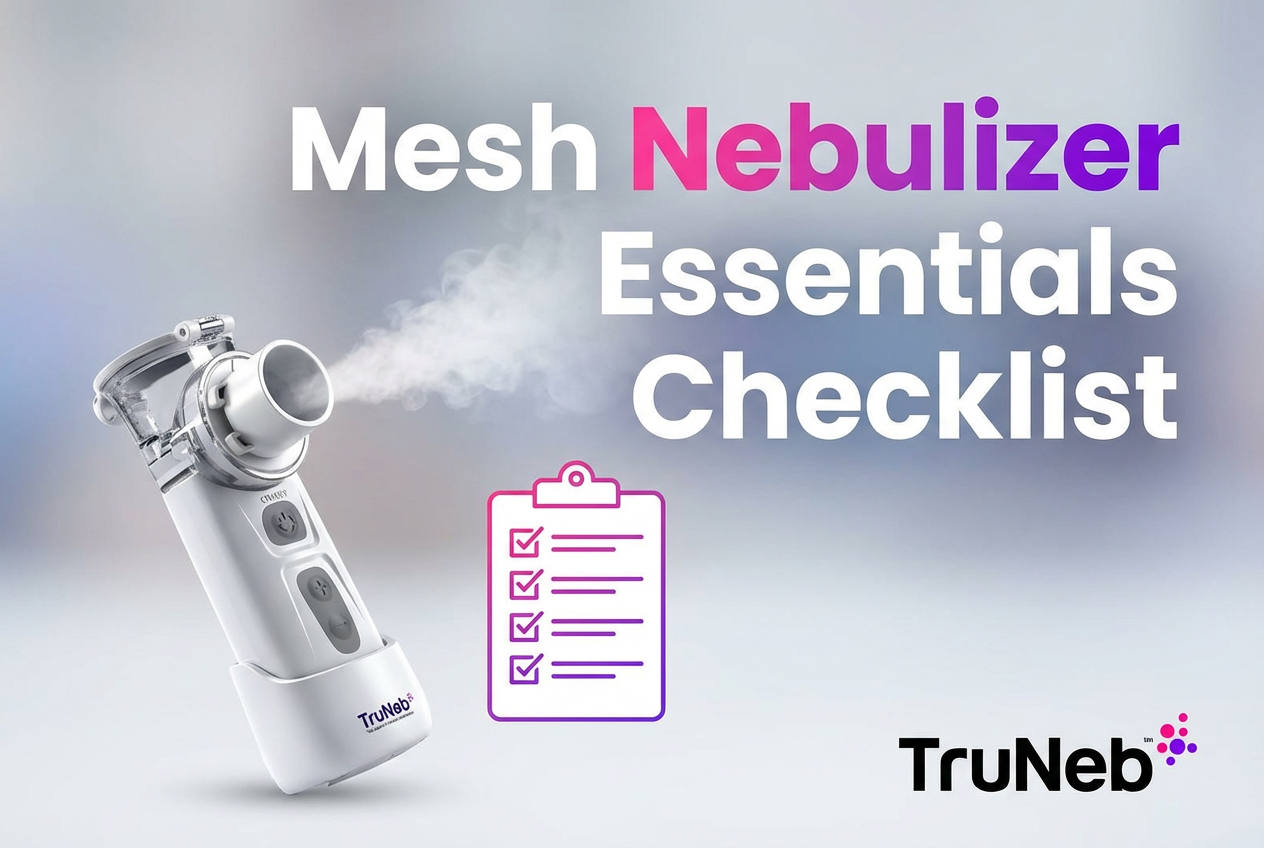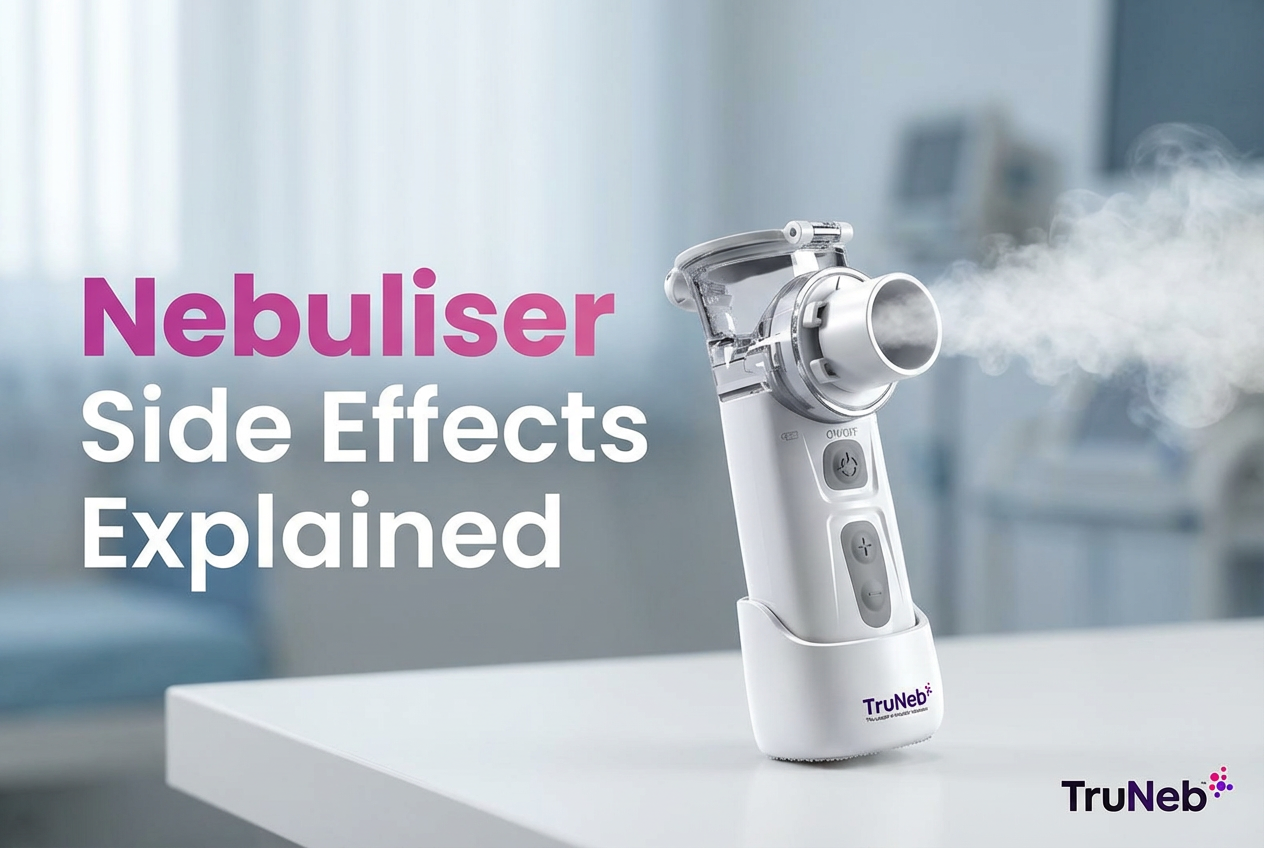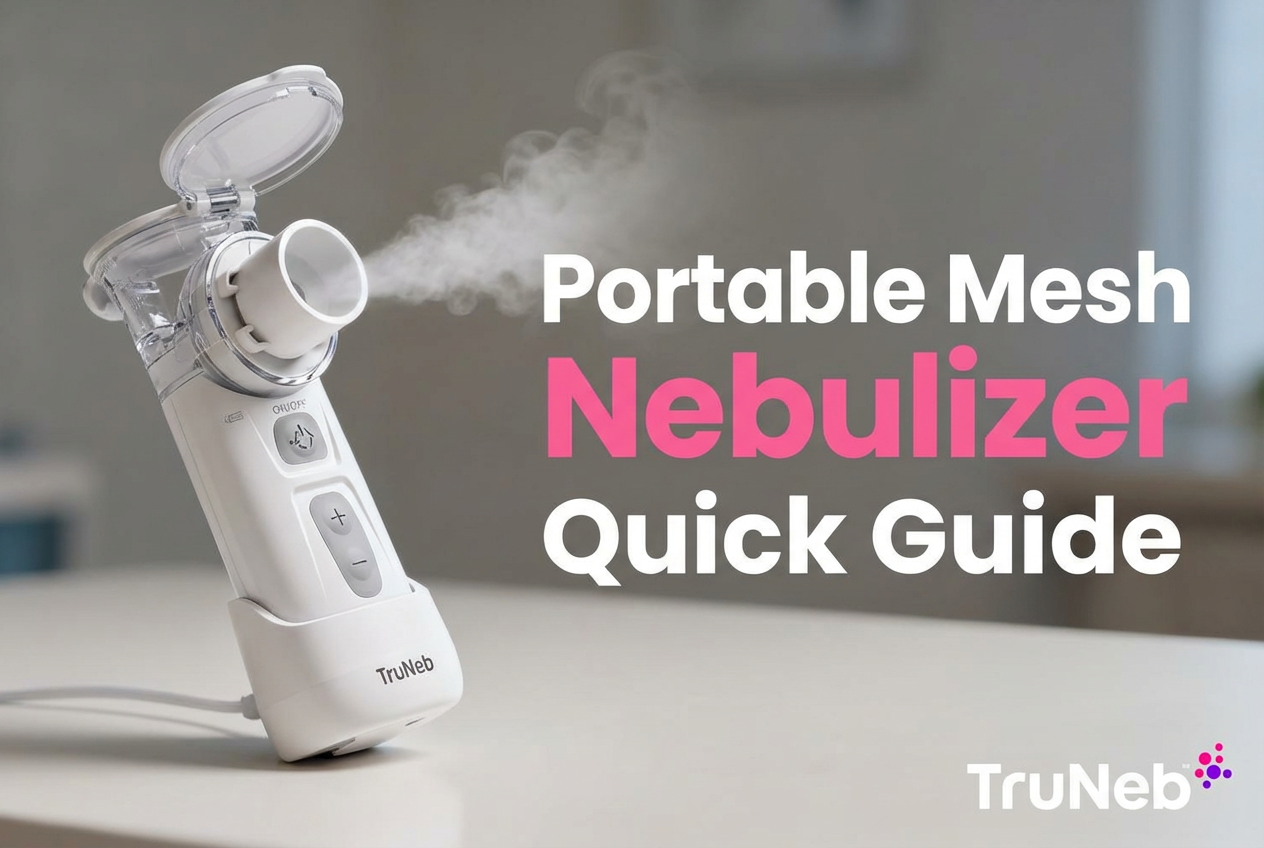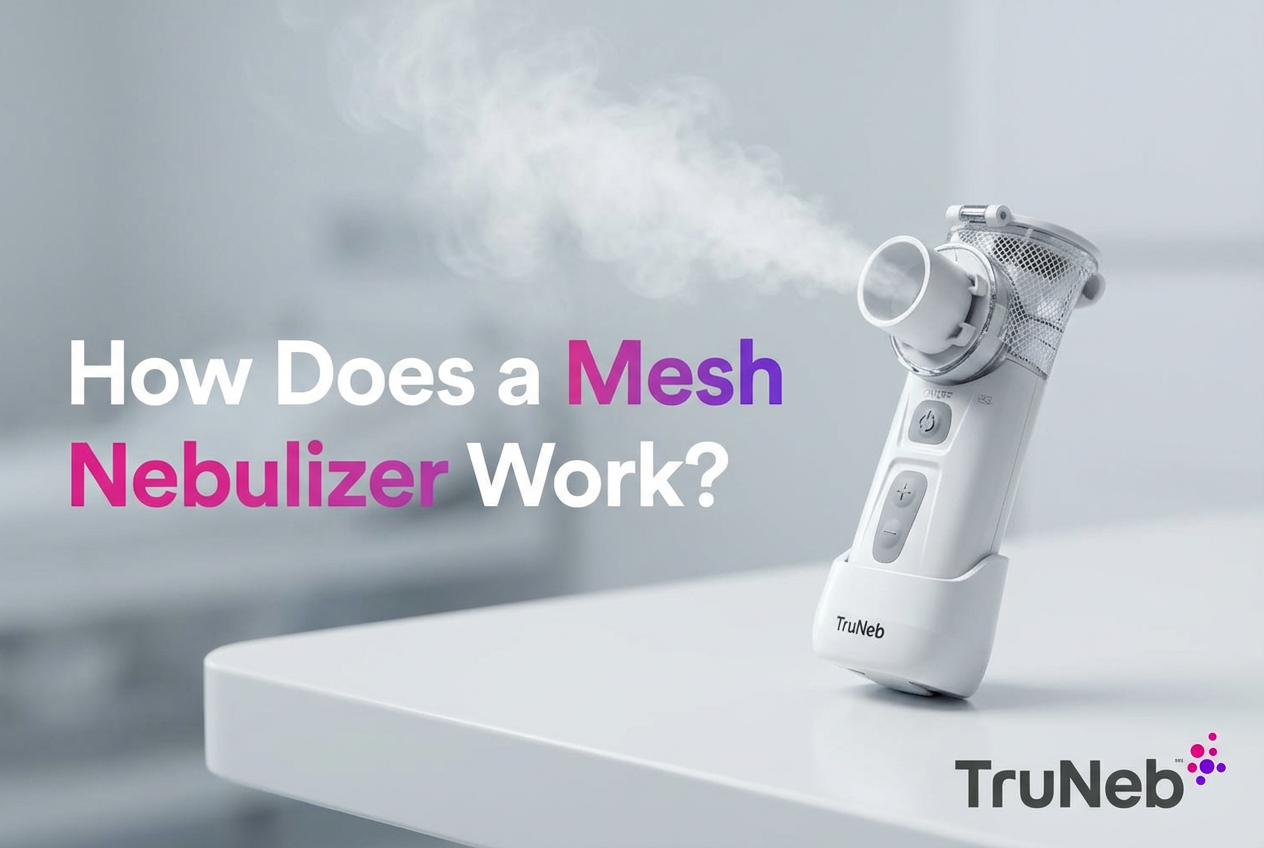On this page
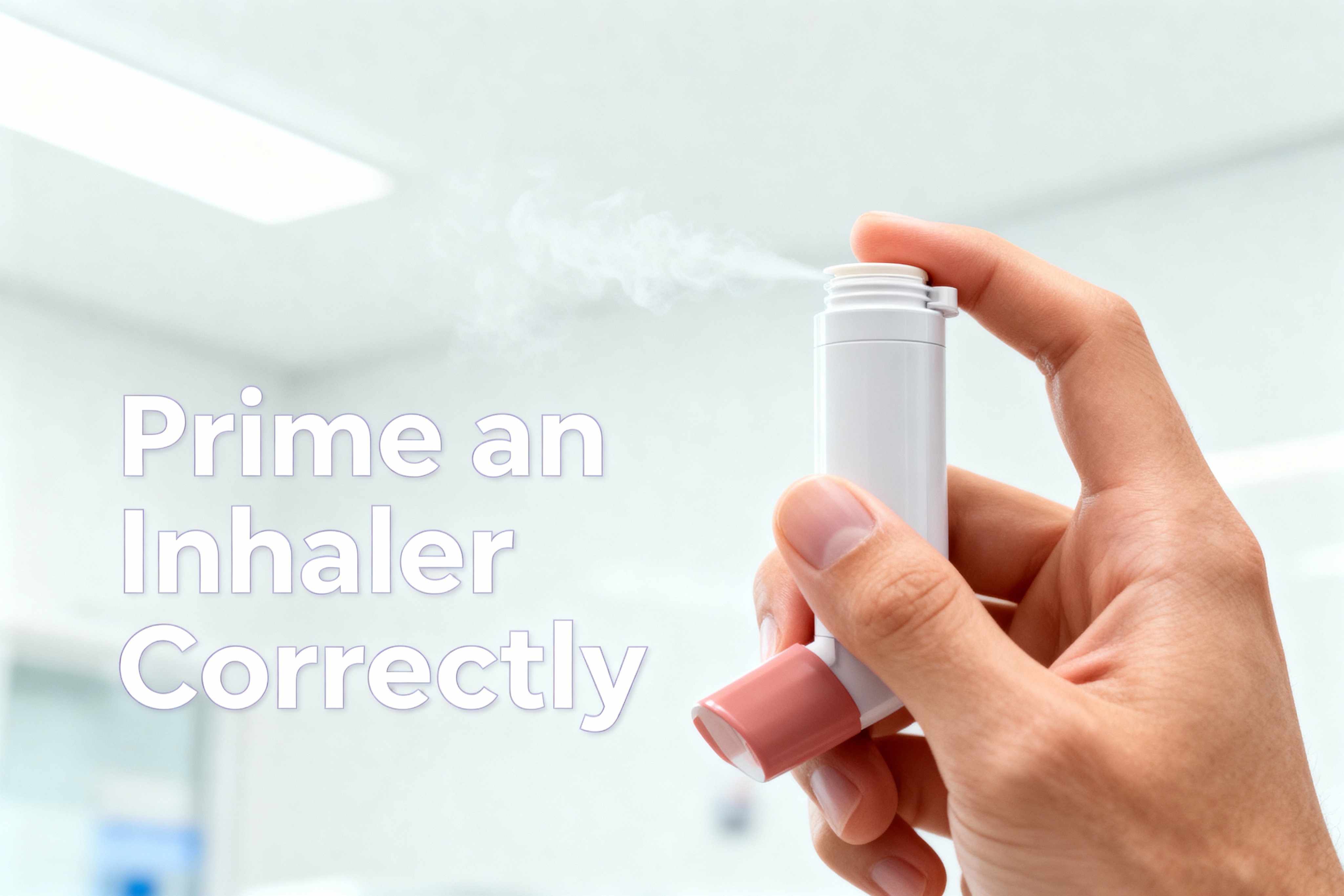
Priming an inhaler means spraying a few test puffs into the air so the next puff you breathe has the right amount of medicine. Inhalers are commonly used for asthma and COPD. Most metered-dose inhalers (MDIs) need priming when they’re new or haven’t been used for a while.
If you skip priming, the first puff can be mostly propellant with little or no medication, so you might not get relief when you need it.
Quick tip: prime before first use, and re-prime after a long break.
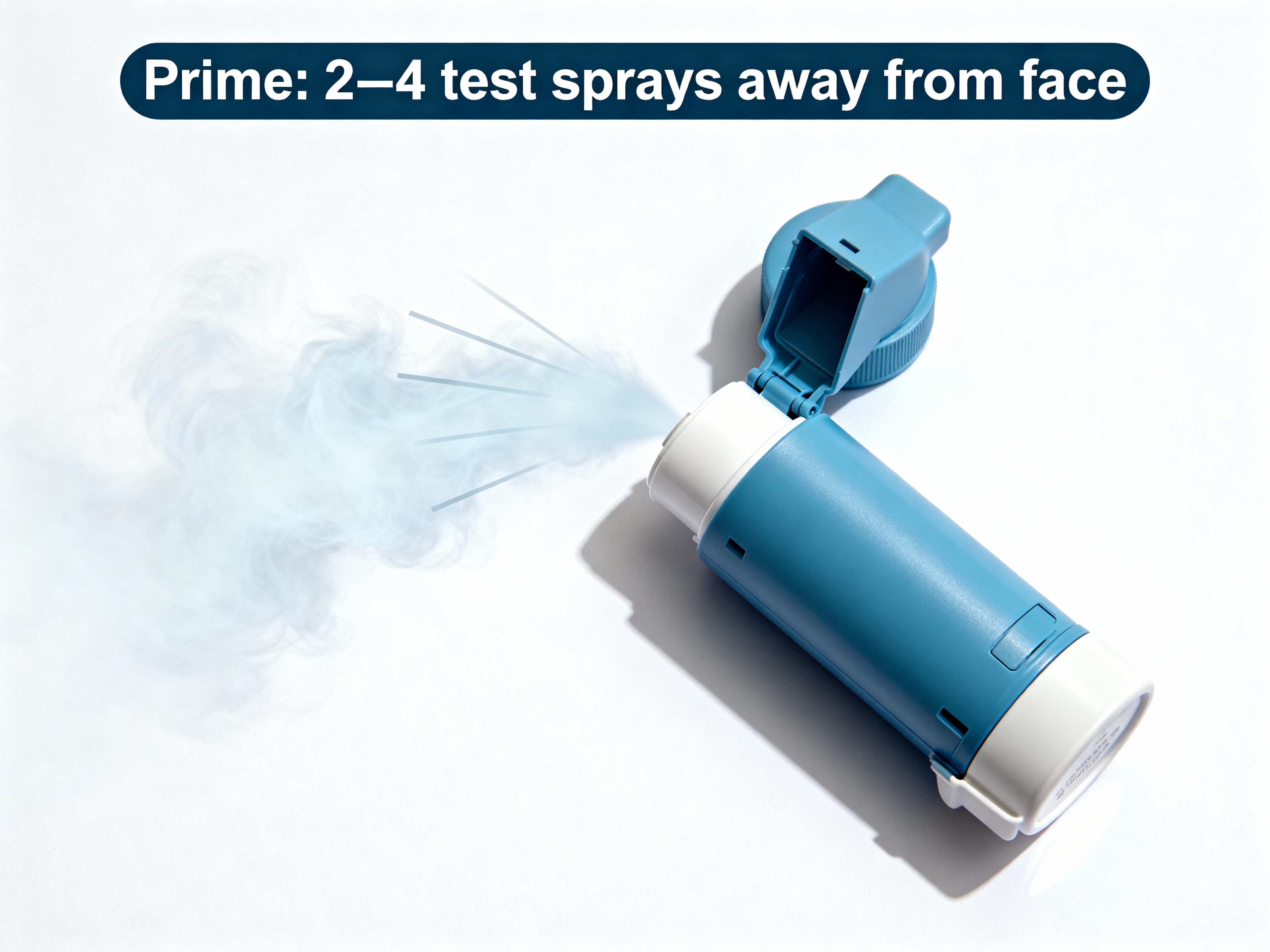
Why Priming Your Inhaler Is Essential
Inside an MDI, the medicine can settle away from the propellant while it sits. Most MDIs today use HFA propellant, which can separate from the medicine over time. Priming mixes and loads the chamber so the next puff has medicine, not just air-like spray. Think of it like shaking salad dressing so you don’t pour only oil first.
If you don’t prime:
- The first puff can be weak or empty. Less medicine reaches your lungs, so relief can be delayed.
- Dose accuracy drops. The canister isn’t prepared to deliver the labeled amount.
- You can waste doses. Sprays that don’t carry medicine still count down the inhaler.
Priming mixes the canister contents so your first inhalation contains medicine, not just spray.
When and How Often to Prime Your Inhaler
Use these common rules. Always check your inhaler’s instructions for exact directions.
- First use: Prime a new MDI before your first dose.
- After a break: Most albuterol MDIs say to re-prime if unused for about 2 weeks; some steroid MDIs list 1 week.
- After dropping: If you drop your inhaler, re-prime once before the next dose.
- Not every time: Don’t prime before every daily use. Only in the cases above, or as your label says.
If it’s been a week or two, a quick re-prime helps ensure the first dose is ready.
Prime before first use and re-prime after about 1–2 weeks of no use or after dropping an MDI.
| Inhaler | Prime (first use) | Re-prime if unused | Re-prime if dropped |
|---|---|---|---|
| Ventolin HFA (albuterol MDI) | 4 sprays | > 14 days | Yes — 1 spray |
| ProAir HFA (albuterol MDI) | 3 sprays | > 14 days | Not specified |
| Flovent HFA (fluticasone MDI) | 4 sprays | > 7 days | Not specified |
| Symbicort (budesonide/formoterol MDI) | 2 sprays | > 7 days | Not specified |
Notes: “Not specified” means the package insert does not list a drop-specific re-prime. Check your device’s instructions for exact directions.
How to Prime a Metered-Dose Inhaler
- Remove the cap and shake well (about 5 seconds).
- Point the inhaler away from your face. Press down to release one test spray into the air.
- Shake again. Repeat test sprays until you reach your inhaler’s required number (usually 2–4 total).
- Now it’s ready. If a minute passes before you take your dose, give it a quick shake again.
Note: You do not inhale during priming. You’re preparing the device so your next puff contains medicine.
To prime an MDI, shake it, then spray 2–4 test puffs into the air away from your face, shaking between sprays.
Example: Priming a New Albuterol Inhaler
- Ventolin HFA: Prime with 4 sprays (shake before each). The counter drops from 200 to 196 after priming.
- ProAir HFA: Prime with 3 sprays (shake before each).
After priming, take your prescribed dose as usual. Follow the label that came with your device if it differs.
Do All Inhalers Need Priming?
- MDIs (press-and-breathe inhalers): Yes. Prime when new and after long gaps.
- Dry powder inhalers (DPI) like Diskus, Ellipta, or Turbohaler: No. These are breath-powered powder devices. Loading extra "test" clicks wastes medicine.
- Soft Mist Inhalers (Respimat): Yes. Insert the cartridge and release sprays to prime when new. If unused for several days, a small re-prime is sometimes needed per the device guide.
- Nebulizers: No priming. You measure liquid medication each time. A portable nebulizer like TruNeb™ can be convenient for people who prefer steady delivery without timing a breath.
Prime MDIs and soft-mist inhalers; don’t prime dry powder inhalers.
After Priming: Use and Care
- Shake before each dose. Priming is occasional; shaking is every time.
- Breathe the right way. Slow, deep breath while you press the canister. A spacer can help if timing is hard.
- Most labels recommend cleaning weekly—follow your inhaler’s instructions. Remove the canister and rinse the plastic actuator with warm water; let it dry fully to help prevent clogs.
- Watch the dose counter. Priming sprays count toward total doses. Plan refills so you don’t run out.
- If you use a steroid MDI, labels typically recommend rinsing your mouth after dosing.
- Store at room temp. Replace the cap to keep dust out.
Shaking is every use; priming is occasional.
Safety NotesIf you forgot to prime and didn’t get relief, prime now and take your dose as directed. If symptoms don’t improve or you’re in distress, seek emergency care.⚠️ Seek emergency care right away if you have severe breathing trouble, blue or gray lips, trouble speaking in full sentences, or if symptoms don’t improve after your rescue inhaler.Follow your device’s instructions. Labels can differ on spray counts and timing.Talk to your doctor or pharmacist if you’re unsure about technique.
Talk to your doctor before trying a new medication.
Frequently Asked Questions
Tap or click a question below to see the answer:
No. Prime before first use and after long gaps (typically 1–2 weeks, depending on the label), or if the inhaler was dropped. Check your device instructions for exact guidance.
The first puff can deliver little or no medicine, which can delay relief. Priming prepares the chamber so the next dose is accurate.
Most MDIs use 2–4 test sprays. Examples: Ventolin HFA 4 sprays; ProAir HFA 3 sprays; Flovent HFA 4 sprays; Symbicort 2 sprays.
No. Prime the inhaler alone (spray into the air), then attach your spacer to take your dose.
No. DPIs are breath-powered powder devices. Loading extra "test" clicks wastes medicine.
Yes. Priming uses a few sprays and dose counters will reflect that. It’s necessary to ensure your first medicated puff is ready.
Key Takeaways
- Prime new MDIs with 2–4 test sprays so your first dose has medicine.
- Re-prime after long breaks (typically 1–2 weeks) or if dropped.
- Don’t prime DPIs; do prime soft-mist inhalers per their guides.
- Shaking is every use; priming is occasional.
- Clean weekly and track your dose counter so you don’t run out.
If you’re unsure about your device, bring it to your pharmacist or doctor and ask for a quick technique check.
Disclaimer: This article is for informational purposes only and isn’t a substitute for professional medical advice. Always talk with your doctor about your health and treatments.

